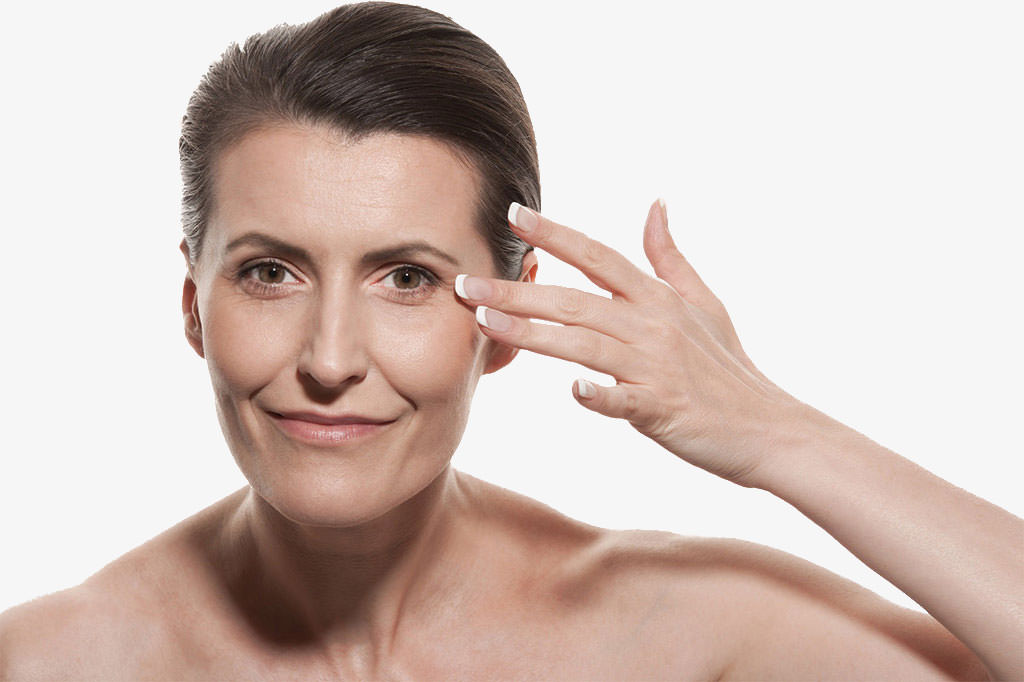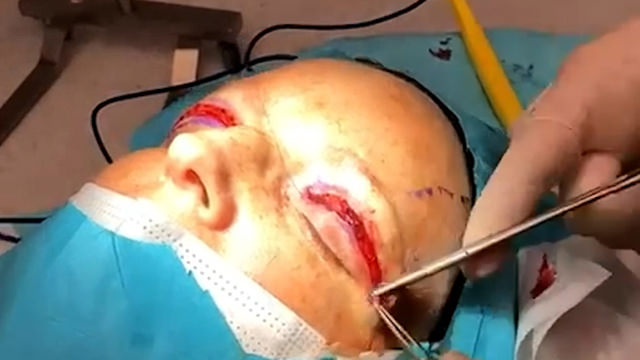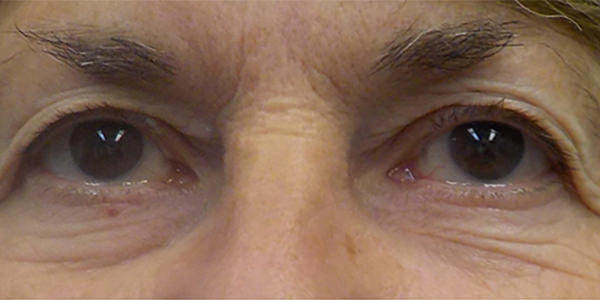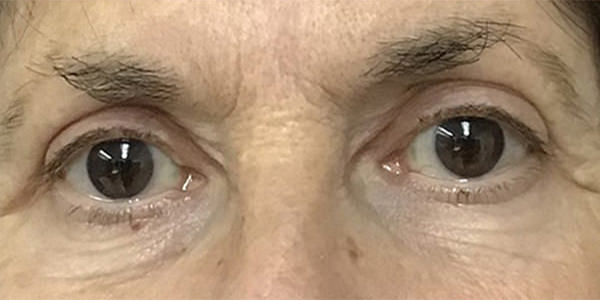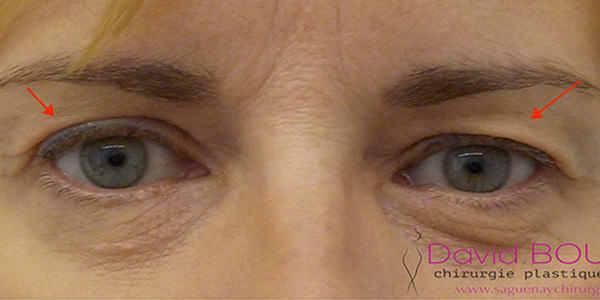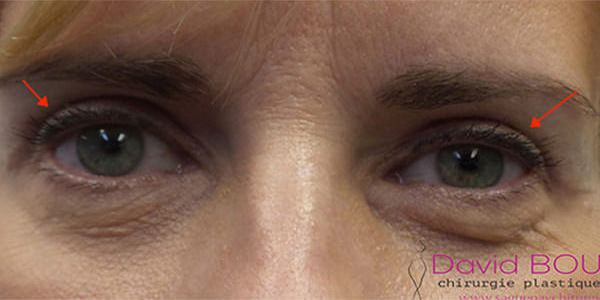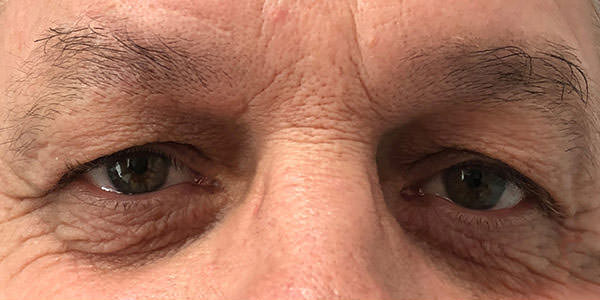Should You Consider Eyelid Surgery?
As you age, it is common for the eyelids to droop, and excess fat and skin to gather on the upper or lower eyelids. Skin can sag and, in extreme cases, cover the eyelashes, making it difficult to apply makeup. A sensation of heaviness and fatigue are often experienced at the end of the day. Sagging skin around the eyelids can also make you appear tired and older.
Upper or lower eyelid blepharoplasty is an effective and painless surgery.
Performed under local or general anaesthesia, the recovery time is minimal and the results can be spectacular.


